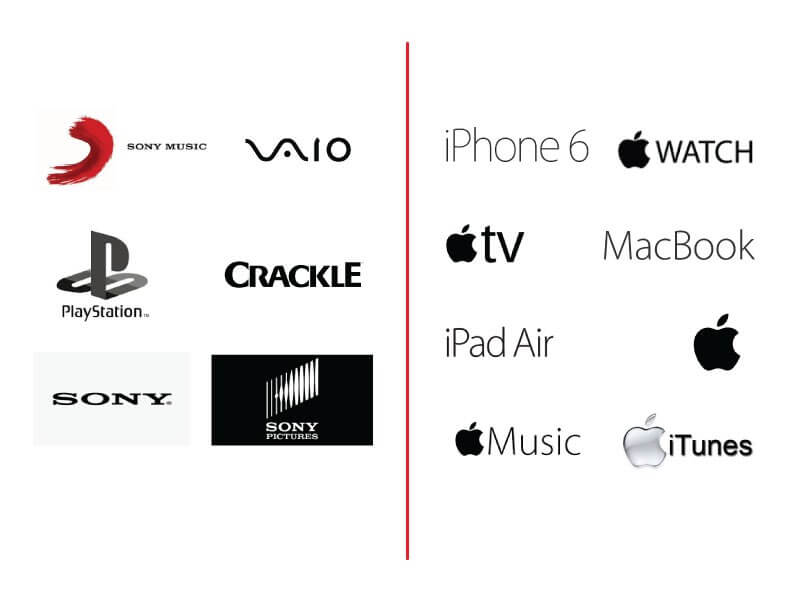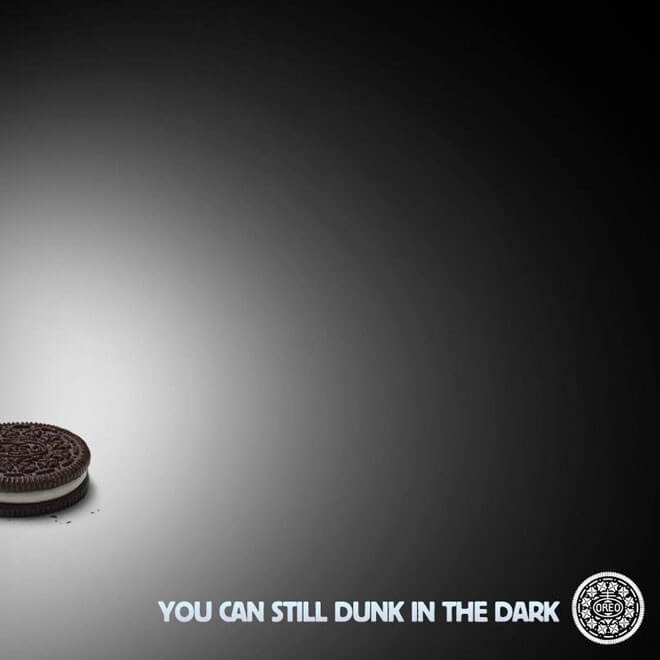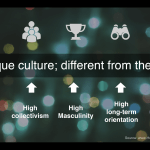Data-driven decision making
I recently attended a technology conference in Santa Monica, CA. Some of the most brilliant minds in business, technology, and media / entertainment were sharing their latest thinking and innovations with potential investors and future partners. Aside from all the brilliant ideas and solutions, what struck me the most was the number of times that the importance of data analytics and insight driven decision making was brought up by different presenters. No one, however, mentioned market research.
We all know that any successful brand program needs to be grounded in insight, the type of knowledge and understanding that can produce a tangible business impact. The question is whether the market research industry can provide the right type of insight to match the needs of twenty first century marketers and brand owners.
Let’s start by setting the context…
New trends and changing behaviors
Culture is constantly in flux, always being pulled, pushed, and shaped by people’s changing values and aspirations. These changes are often in response to technological advancements, economic cycles, social or political revolutions, or even environmental effects. When these shifts happen at large scales and are strong enough to impact how we collectively behave, they become trends.
Market research has a unique advantage:
Thanks to its proximity to consumers and their needs/wants, it is among the first industries to pick up on these shifts and trends.
“Market research can leverage trends to become more strategic“
In this summary, I have briefly addressed three broad trends, touching upon their significance to marketers along with some ideas on how market research can leverage them to become more strategic. The trends are:
- Hunger for experiences
- Appreciation for happenstance
- Love of data
* * *
I. HUNGER FOR EXPERIENCES
Let’s start with two examples: Apple and Sony, two technology giants that we are all familiar with.

I am a big fan of Sony. I believe that it makes superior products, but Apple is commercially the more successful brand. Why is that? Apple exemplifies a brand with a clear and relevant narrative, a higher order raison d’être (although one could argue that Apple may have started to lose some of its “rebel” status). When you think Apple, you feel something.
Apple delivers a meaningful brand experience across all of its products and services. It does this through language of design. Sony on the other hand is less emotive and somewhat disjointed in its brand story. At Sony, each business unit has a separate narrative focused on the specific product it offers. As a result, Sony lacks the clear and consistent emotional brand thread needed to tie together all of its various business units. Sony may be interchangeable; Apple is not.
Brand experience is a critical brand touch point
Experience is a critical brand touch point, separating brands from commodities. It is the catalysts for emotional connections. Good and memorable experiences mobilize passionate brand advocates whereas negative or inconsistent experiences can forever deter potential users. When brand experiences consistently align with the consumers’ anticipated expectation, equity is built.
Measuring and monitoring experiences should be part of any brand building and activation program
As such, measuring and monitoring experiences should be part of any brand building and activation program. This is especially important in today’s world where every individual has the tools and the opportunity to broadcast his or her thoughts or opinions about any brand, allowing customers to play an active role in shaping who brands are.
Technology makes it easier to track and measure experiences
The good news is that technology and the Internet of Everything have equipped researchers with the necessary tools to capture, quantify, and monitor these experiences usually as they happen, in the moment. These engagements can also be studied retrospectively, a valuable step for finding patterns, building and validating models, or predicting behaviors. All of these help brand owners ensure that the experiences they are delivering to consumers are relevant, consistent, delightful, and on brand.
II. APPRECIATION FOR HAPPENSTANCE
2013 Super Bowl and Oreo
In 2013, there was a power outage during Super Bowl. Oreo took this moment and made it into marketing gold. Completely unplanned and 100% improvised, the sandwich cookie’s social media team jumped on this cultural moment, tweeting an ad that read “Power Out? No problem. You can still dunk in the dark.” People loved it, it went viral, and the rest is history.

Endless opportunities for interaction between people and brands
Today’s technology has a multiplier effect. Opportunities for communication or interaction between people and brands seem endless. Brands live in complex interconnected ecosystems. In this world, agility and flexibility are necessary attributes for marketing success simply because strict frameworks or controlled planning are no longer sustainable.
More than ever, there is a need for a holistic brand monitoring system
Indubitably marketers and brand managers can no longer afford to solely rely on survey or attitudinal data. They need to also capture actual behavioral data when assessing the health of their brand(s). It is clear that there is a need for a holistic brand monitoring system, one that can capture people’s experiences as close to the “moment” as possible.
Market researchers can deliver on this need by utilizing the right balance of technology and know how to design an integrated solution that uses multi-sourced data — one that helps to evaluate the impact and efficacy of various brand moments, whether owned, paid, or earned brand currency, as they happen.
III. LOVE OF DATA
A ton of information about brands and people
According to IBM, every day, we create 2.5 quintillion bytes of data. Data is everywhere. Everything we do, all our interests, even how we feel is being computed throughout the day and fed into elaborate algorithms that are used to define our quantified selves.
Never have we had access to so much rich detailed information about brands and people. This wealth of data is invaluable. It has the potential to leapfrog scientific innovations, advance industries, revolutionize healthcare, and disrupt education. It can guide policymaking. Opportunities are endless.
It is not about more data, but the right data
How can marketers effectively and efficiently utilize all of this information? Ironically, for marketers, more data is not the answer. The art is not in data aggregation but in recognizing which streams to pay attention to, which “broadcasters” to listen to, which sources to integrate, and what metrics to monitor or control depending on the unique business objective at hand.
Basically, it is about separating the signal from the noise by recognizing the relevant data and understanding its impact on brands.
Market research CAN be strategic
A successful brand health program needs to incorporate data from talking and listening to the right people in the right way and at the right time. It needs to integrate and analyze the data in context using independent and relevant data streams such as marketing spend, sales, point of sale, news or others. It should uncover the relationships between metrics by applying advanced analytics and building predictive models.
By adopting this approach, market researchers will be able to act as a strategic partner to brands and marketers. They can do so by providing the necessary insight that empowers brand architects to anticipate where their market is going and proactively design the appropriate engagement and communication programs that can yield positive outcomes.
. . .
Going back to the original question of whether market research is ready to tackle the needs of marketers in this new world, the response would be a definite yes. Researchers today have access to better, smarter, and more cost efficient tools to help them provide foresight for their clients.
Although wide access to a variety of do-it-yourself research and survey tools, data dashboards, and analytical platforms may seem to challenge the sustainability of market research as we have come to know it, in reality, we live in a golden age for market research.
All these tools essentially give researchers the ability to be more strategic, going beyond observations and reporting findings, and instead generating insights. It is now up to market researchers themselves to break out of their conventions and embrace a fresher and bolder attitude when it comes to their craft.
What do you think? Please share your thoughts!




